Zac Schultz:
In tonight’s “Closer Look,” Governor Walker’s budget increases K-12 funding by nearly $650 million over the next two years. The proposal also separately boosts funding to rural districts by more than $30 million. But not every rural school is able to benefit. Frederica Freyberg reports from Adams-Friendship.
Frederica Freyberg:
There can be no doubt. The Adams-Friendship district in central Wisconsin is rural and vast, covering 500 square miles.
Teacher:
If you’re done with your model, take this time to answer those three questions on your lab report.
Frederica Freyberg:
As the only district entirely inside the county, there are a lot of students in its three grade schools, middle and high school, at 1575. But given the district’s spread, that comes out to only about three students per square mile. Remember that math. Because it factors into how much funding the district receives. District Administrator Rick Wasky takes to the board to explain what state budget writers call sparsity aid. Something the governor’s proposed budget increases for rural schools. It gives extra money to schools with a sparse number of students per square mile. Adams-Friendship qualifies there, but it’s disqualified because of the other part of the equation. The extra bump in funding only accrues to districts of fewer than 1,000 students.
Rick Wasky:
We only have 3.15 students per square mile. But because we cover 500 square miles and we have 1575 students, the sparsity aid doesn’t help us budget-wise at all. We’re looking at a structural budget deficit between $700,000 and $800,000. So you know, even $175,000, $200,000 of additional aid certainly would help us with our budget deficit.
Scott Walker:
We are putting $11.5 billion of state support into K-12 education. Specifically this budget includes a more than half a billion dollar increase in per-pupil aid for public education.
Frederica Freyberg:
Given the red ink in his district, Wasky is glad the governor’s proposed budget goes outside the usual funding formula to boost that per-pupil amount as part of the overall K-12 budget. Because the usual formula to equalize aid to rich and poor districts has always hurt his.
Rick Wasky:
The concept that land and property value equals wealth is kind of an antiquated concept. Our school district, we’re over 70% free and reduced lunch, yet we have to pay a penalty on our equalized aid because of our property valuation, mostly lake properties.
Frederica Freyberg:
Adams-Friendship has the ninth highest poverty rate of the 425 school districts in the state. But gets dinged because of the value of some lake homes there.
Teacher:
We call that thirds. Two thirds.
Frederica Freyberg:
In the schools, that poverty rate means the district provides breakfast, lunch, dinner and snacks to students. At the same time, there have been staff layoffs and program cuts. Administrator Wasky reports that Act 10 did help weather funding cuts at the time. Teachers pay more for their own benefits but he says it’s hard to keep them.
Rick Wasky:
There’s kind of a breaking point to how much you can take away from your employees before they leave.
Teacher:
So let’s break this apart.
Frederica Freyberg:
Getting and keeping teachers is a perennial problem in rural districts. So, too, is the cost of bussing. The governor’s budget proposes more than $10 million in funding hikes for high cost transportation aid. Once again, Adams-Friendship misses outs. The district administration says it drove costs down by privatizing transportation and centralizing bus routes. Because of that, it did not qualify for aid anymore. And so, even as one rural district tries to contain costs while looking at the third consecutive year of budget deficits, proposals to increase funding across the board, and specifically for rural schools, is welcome news.
Rick Wasky:
We do feel good that the needs of the rural schools are being addressed, and I want to make that very clear. Just because some programs haven’t directly benefitted Adams-Friendship does not mean those programs haven’t benefitted other districts in significant ways. But I do think there needs to be some thought given to how some of the most needy school districts are being completely missed by some of the rules that are associated with the distribution of the money.
Zac Schultz:
The per-pupil funding increase in the governor's budget would mean an increase of more than$625,000 for the Adams-Friendship district. That increase is already accounted for in the district’s$700,000 deficit. The legislature’s Joint Finance Committee holds public hearings across the state on the budget the week of April 3rd. For more on the unique challenges facing rural schools, with new funding methods, we turn to Kim Kaukl, the executive director of the Wisconsin Rural Schools Alliance. Thanks for being here.
Kim Kaukl:
Thanks Zac. Appreciate it.
Zac Schultz:
Is Adams-Friendship the exception here or are there other obviously rural districts that don’t quite fit that definition according to the state?
Kim Kaukl:
There are a number of districts in the same boat Adams-Friendship is. And with a lot of the governor’s funding proposals he’s put out there, it helped a number of rural districts, but districts like Adams-Friendship and a lot of other districts out there that are members of our organization and not members, they’re still on the outside looking in because they don’t meet certain criteria. Like with the sparsity aid piece brought up in the video, because they made all the right pieces of the formula except the enrollment. They are a little over the 1500. One of the things our organization requested from the governor’s office was to go up to at least 1500 because we felt that would probably get about 80% of the districts in. So, still have a large number of districts on the outside looking in, and the same thing with the high transportation aid. They made all the sparsity pieces but don’t meet that 150% threshold.
Zac Schultz:
$30 million for rural schools isn’t nothing but compared to the $21 billion we’ll be spending on K-12 over the next two years, it’s pocket change. What difference can that money make for a rural district?
Kim Kaukl:
As I've said in some of my other interviews, it’s a step in the right direction. Where the $200 per-pupil comes in, it gets us back to about 2011 funding. And I say that because of all the cuts that have been made since 2011. Now we are kind of putting money back in, and it really gets us back to about the 2011 funding level. And that’s why you are going to see this April a number of referendums, because people are still struggling because we’re so far behind with the finances.
Zac Schultz:
Now, one of the strings attached to that increase in funding is so-called compliance with Act 10. Are there a lot of school districts out there that are members of yours that may not be in full compliance?
Kim Kaukl:
I don’t have an exact number but I know I've heard from some of them that have used the tools but maybe haven’t used, gotten all the way to the 12%, but have used the other pieces of the tools. And especially out in the rural areas, we’ve got to find a way to be able to attract people. And a lot of times it’s the benefit package that you can provide and you may not be able to give the salary, but if you provide a healthy benefit package, people are more willing to come out to the rural areas. And I think that’s why a lot of our rural districts really plug into the health side of it to attract people.
Zac Schultz:
We've heard about a teacher shortage everywhere. Is it more stark in rural school districts?
Kim Kaukl:
It's a nationwide phenomena, but yeah, especially out in our rural areas. We’re having a hard time. Especially in some of the key areas like math and science, and technology of attracting people out into the rural areas. Number one, a lot of young people just don’t want to come to the rural areas because there’s not a lot going on in their minds. But I’ve also found if I can get young people to come out to the rural areas and keep them there for 4 or 5 years, they realize it’s a pretty good life out here. It’s a little more laid back. A little more peaceful. The families are committed to their students and public education.
Zac Schultz:
Now, the Republicans that control the legislature represent a lot of rural areas and a lot of these districts are in their districts. Do you think you’ve got a sympathetic ear at the capitol to these issues?
Kim Kaukl:
I'm starting to feel that way. I think our Republican legislators are starting to listen to their constituents, especially when it comes to public education. I believe a lot of our constituents are starting to get a better understanding the impact that choice schools are having, even though they don’t have choice schools in their district, it’s shrinking the total piece of the pie. I know the last numbers that just came out, I think there’s 300 now choice schools. And pair that up with the 426 public schools all coming out of the same budget, the piece of the pie gets smaller and smaller and smaller. And I think that’s waking up a lot of our rural folks to start talking with their legislators.
Zac Schultz:
All right. Kim Kaukl, thanks for your time today.
Kim Kaukl:
Thanks very much.
Search Episodes
News Stories from PBS Wisconsin

Donate to sign up. Activate and sign in to Passport. It's that easy to help PBS Wisconsin serve your community through media that educates, inspires, and entertains.
Make your membership gift today
Only for new users: Activate Passport using your code or email address
Already a member?
Look up my account
Need some help? Go to FAQ or visit PBS Passport Help
Need help accessing PBS Wisconsin anywhere?

Online Access | Platform & Device Access | Cable or Satellite Access | Over-The-Air Access
Visit Access Guide
Need help accessing PBS Wisconsin anywhere?

Visit Our
Live TV Access Guide
Online AccessPlatform & Device Access
Cable or Satellite Access
Over-The-Air Access
Visit Access Guide
 Passport
Passport


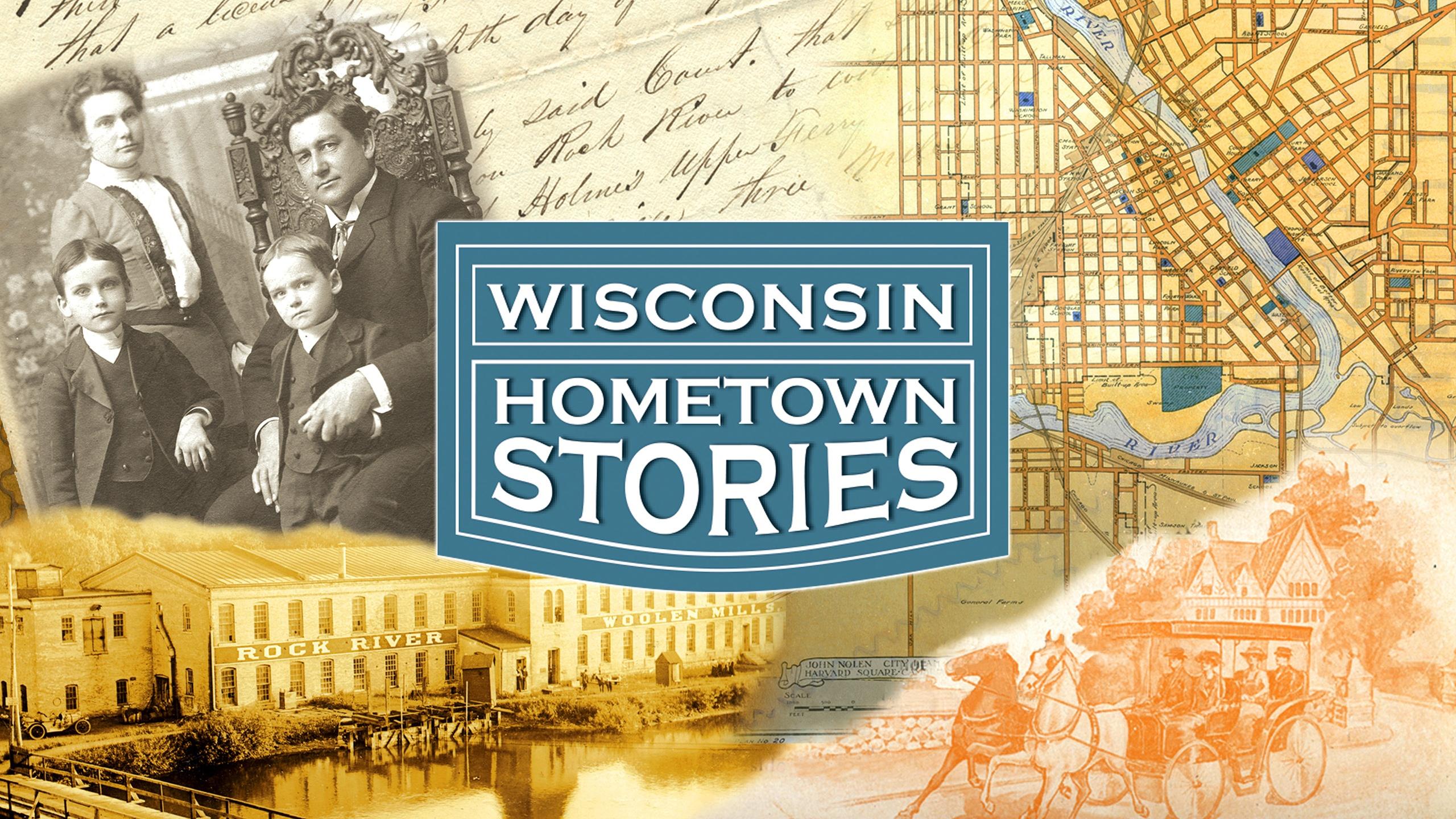


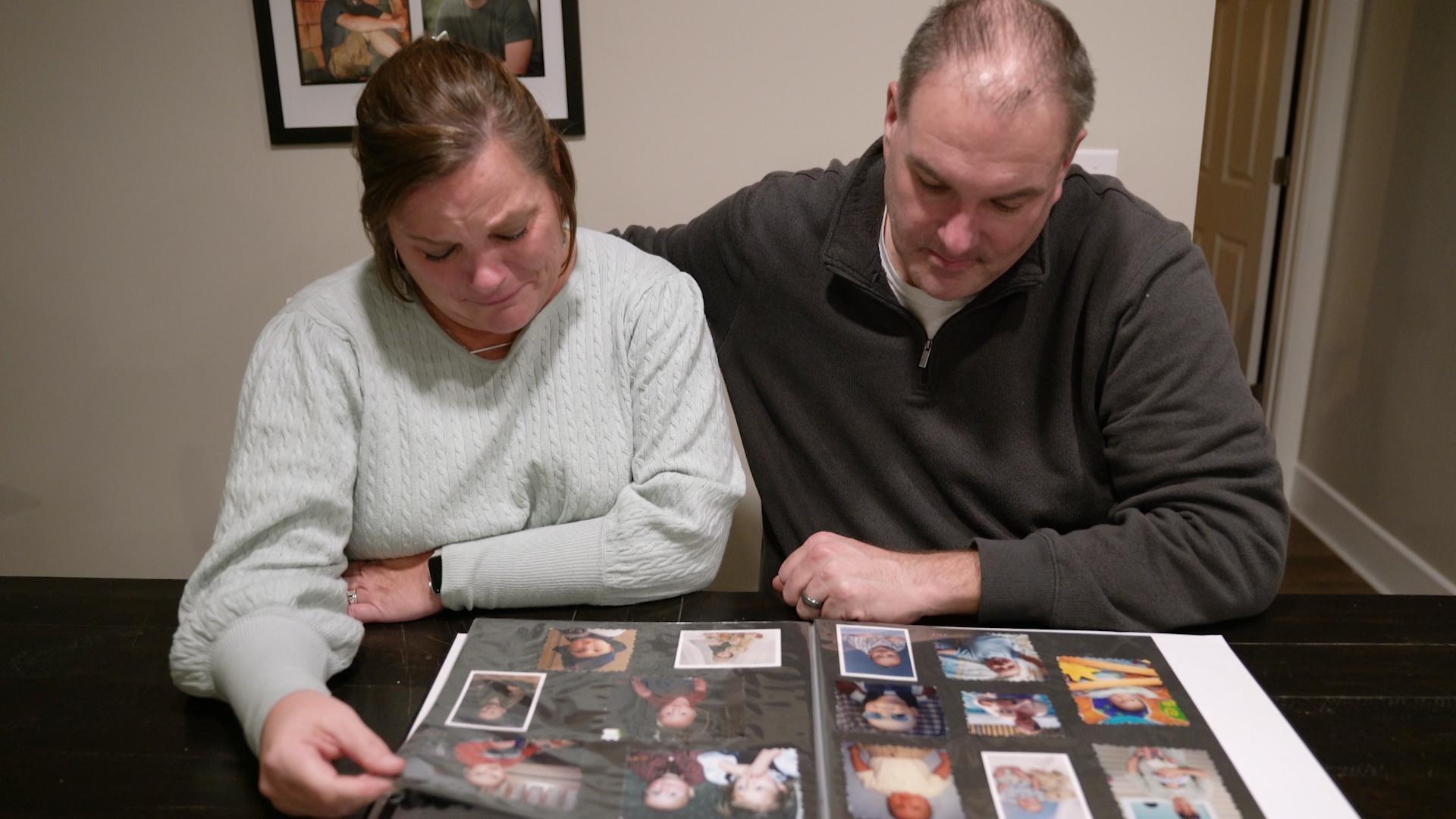
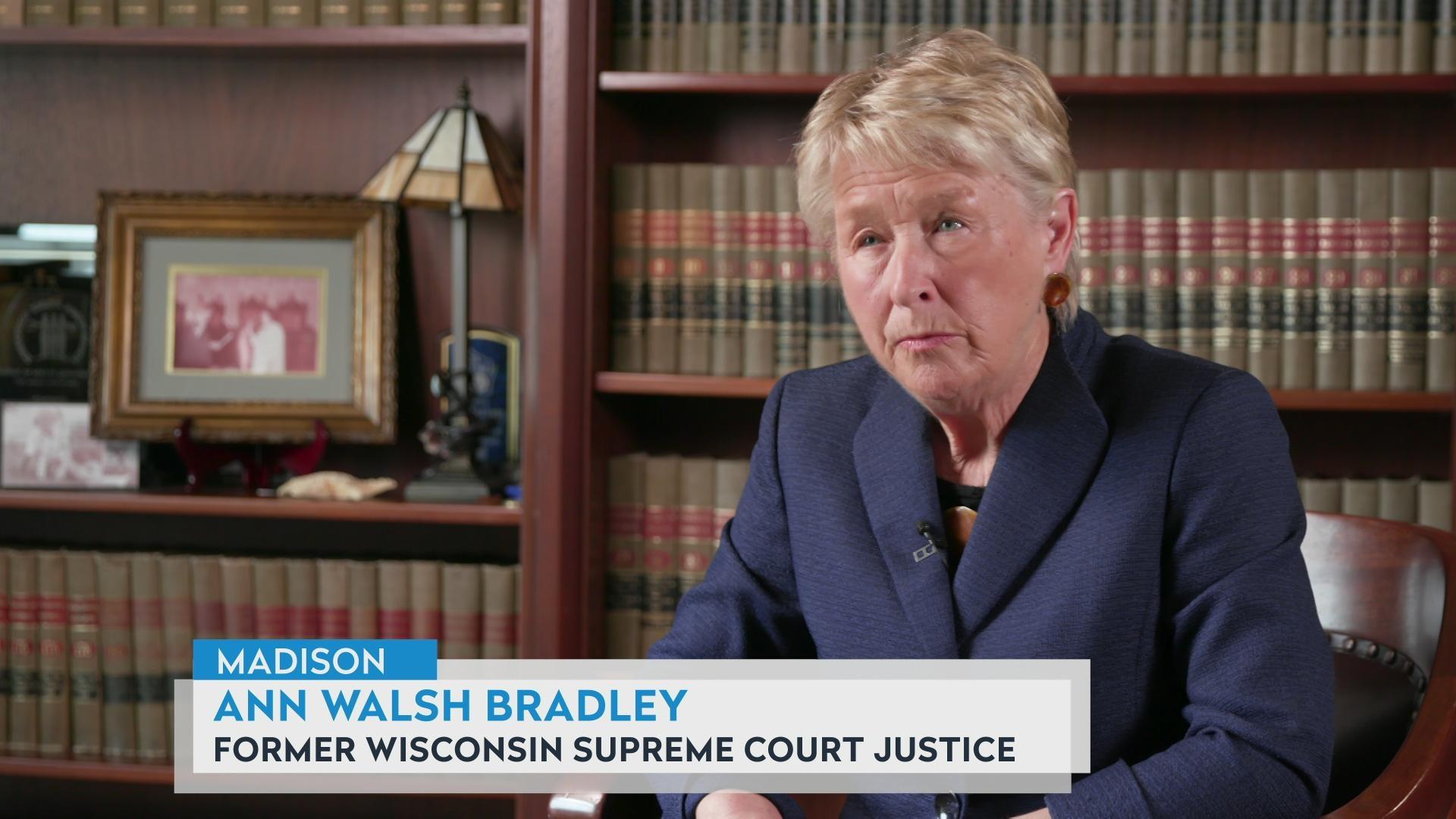
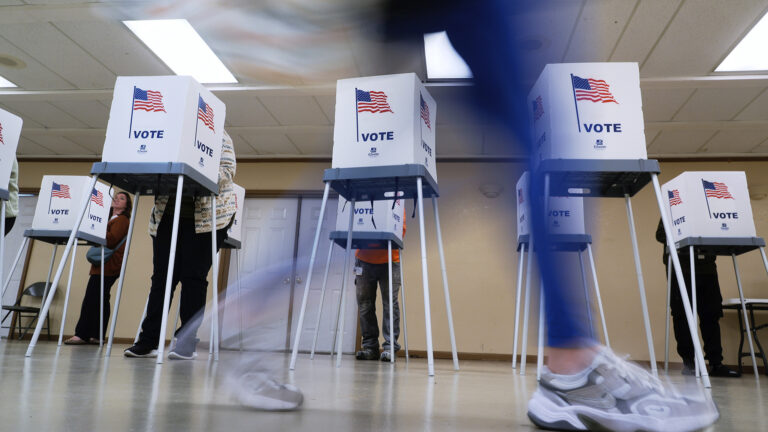
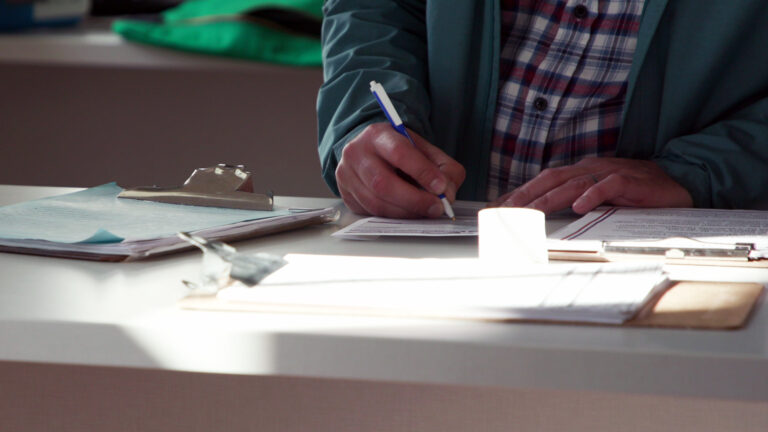
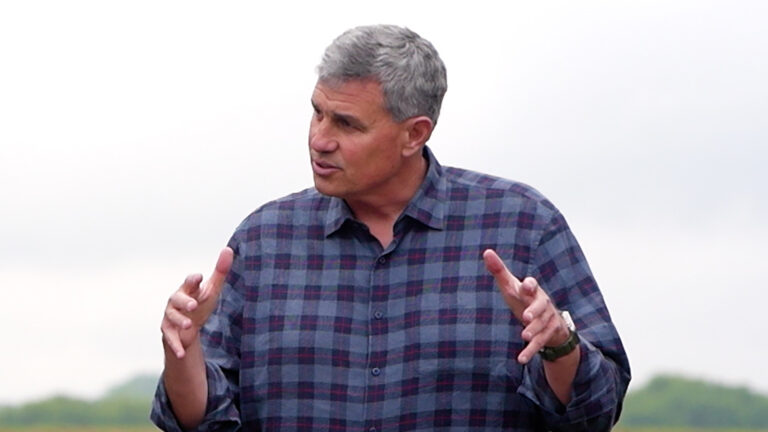
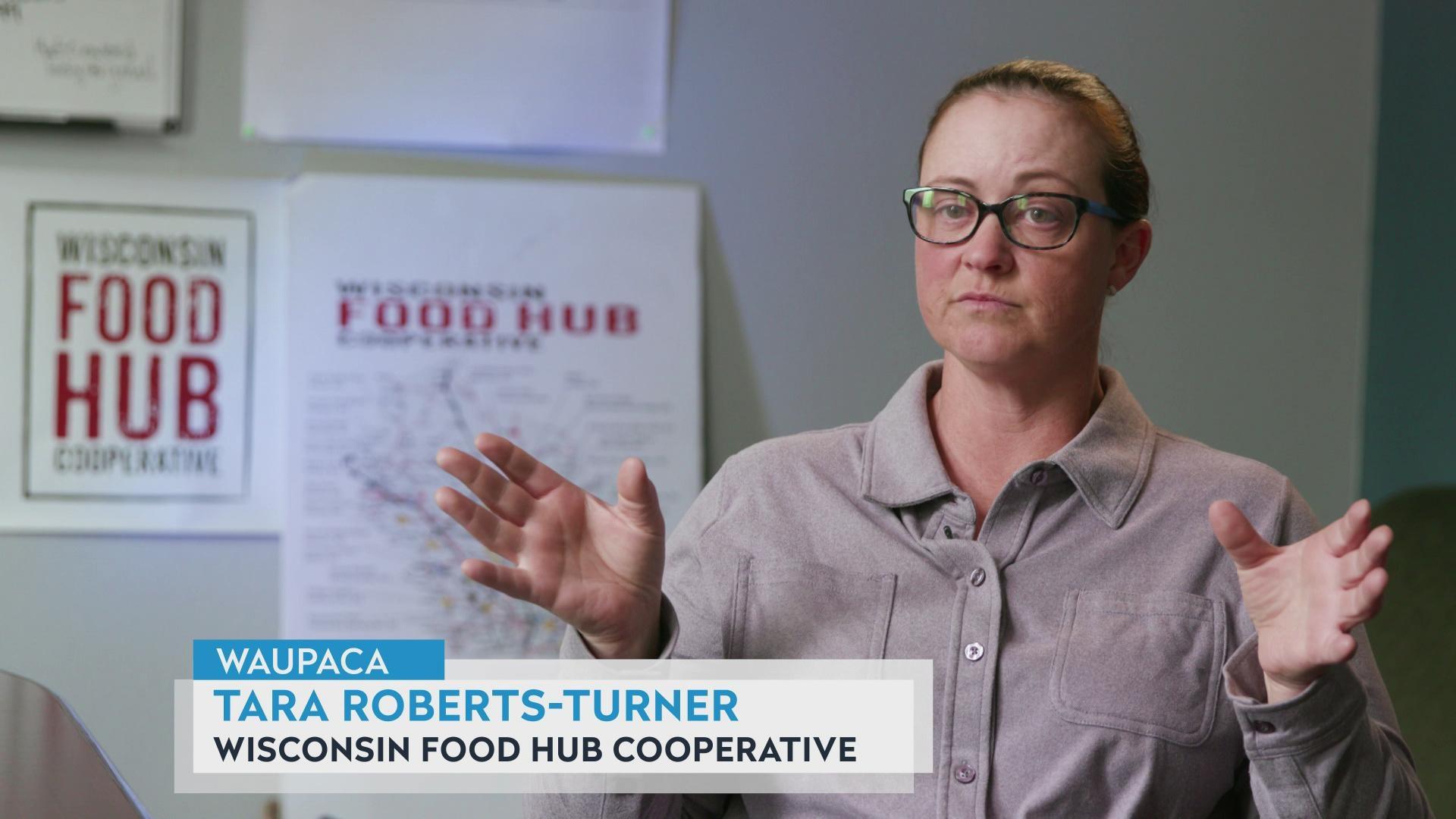
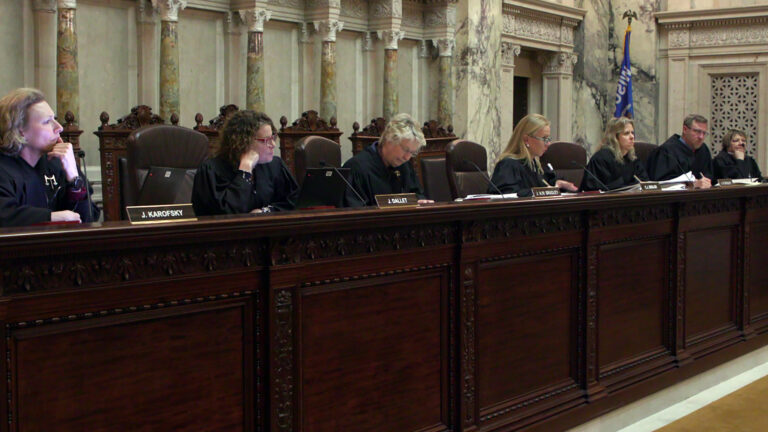
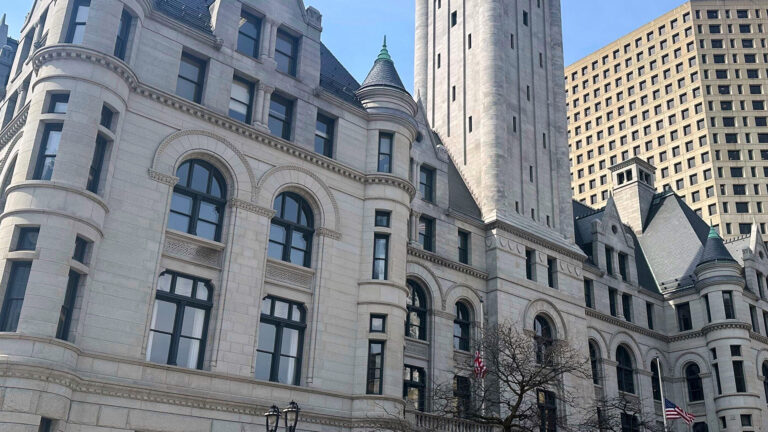
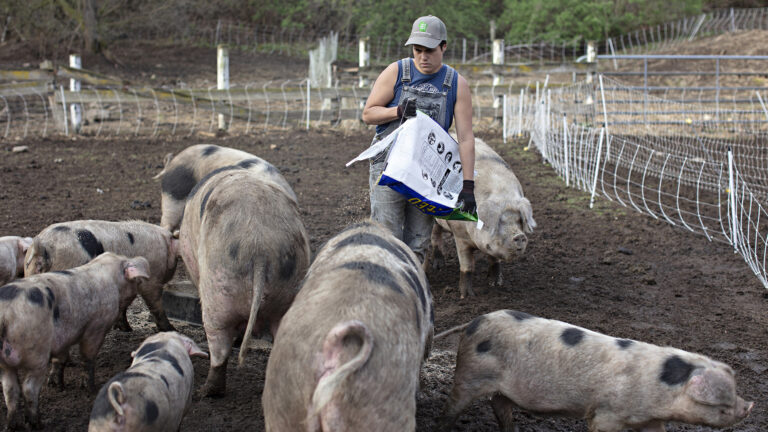

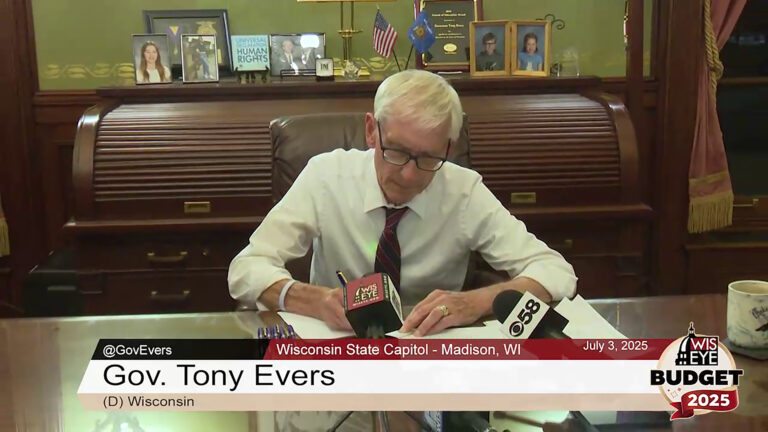
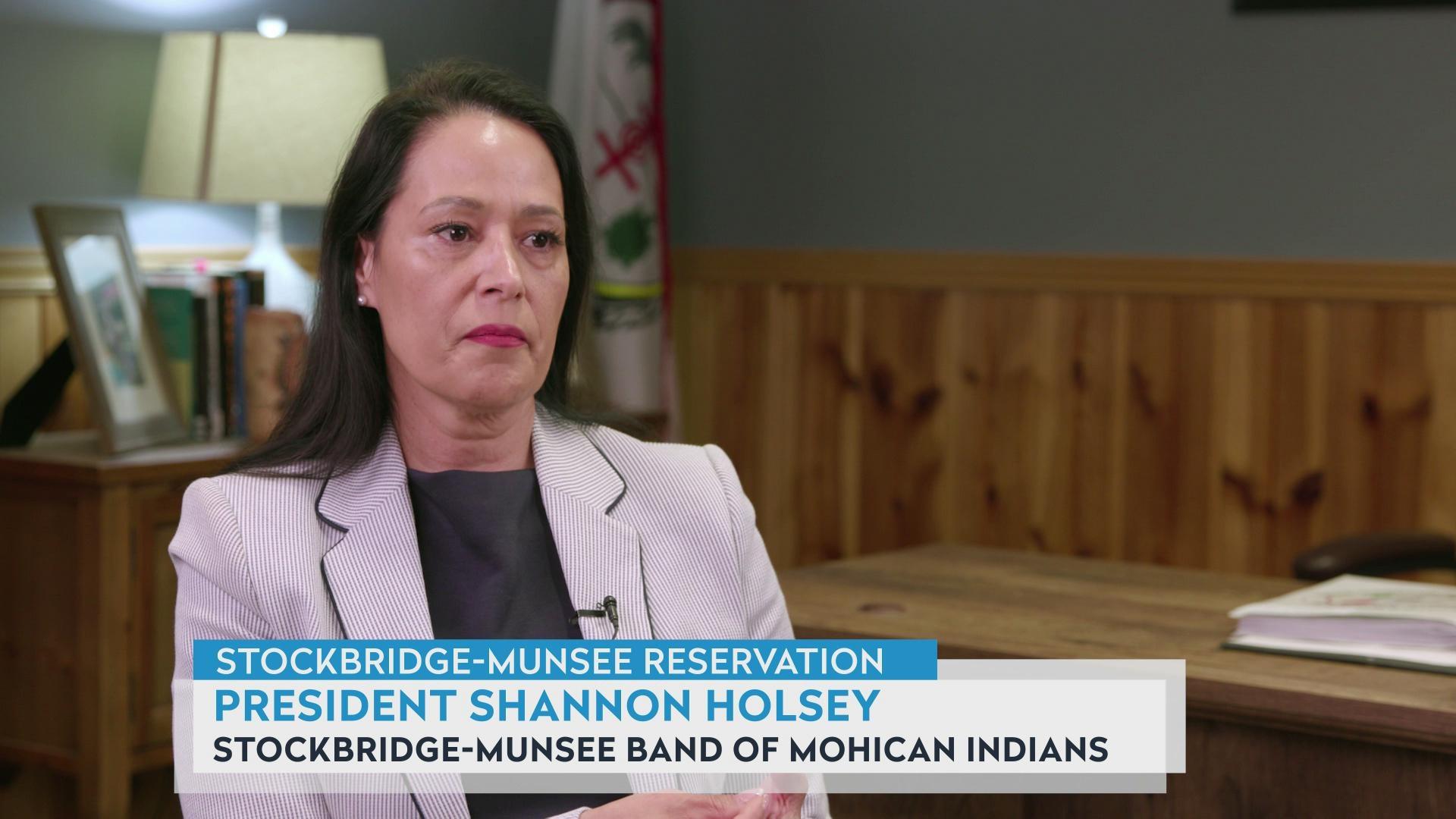

Follow Us